overleaf template galleryLaTeX templates and examples — Recent
Discover LaTeX templates and examples to help with everything from writing a journal article to using a specific LaTeX package.
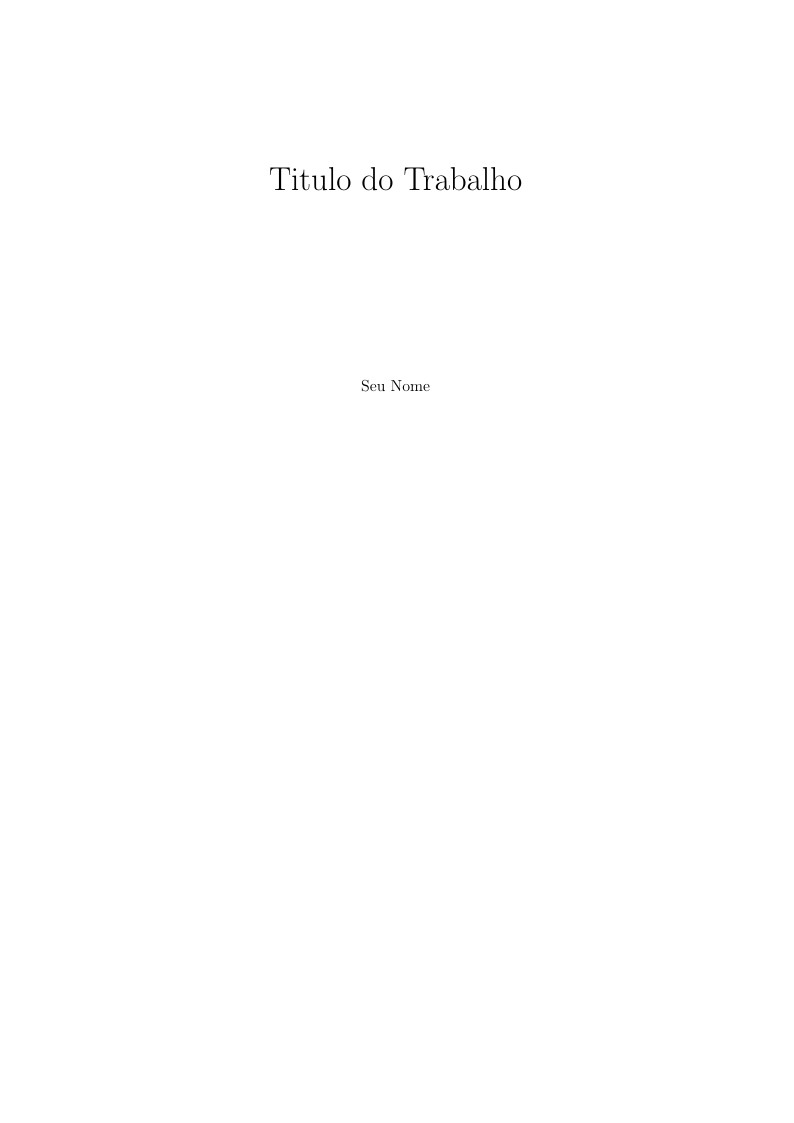
Modelo criado para o trabalho da matéria TLFAC
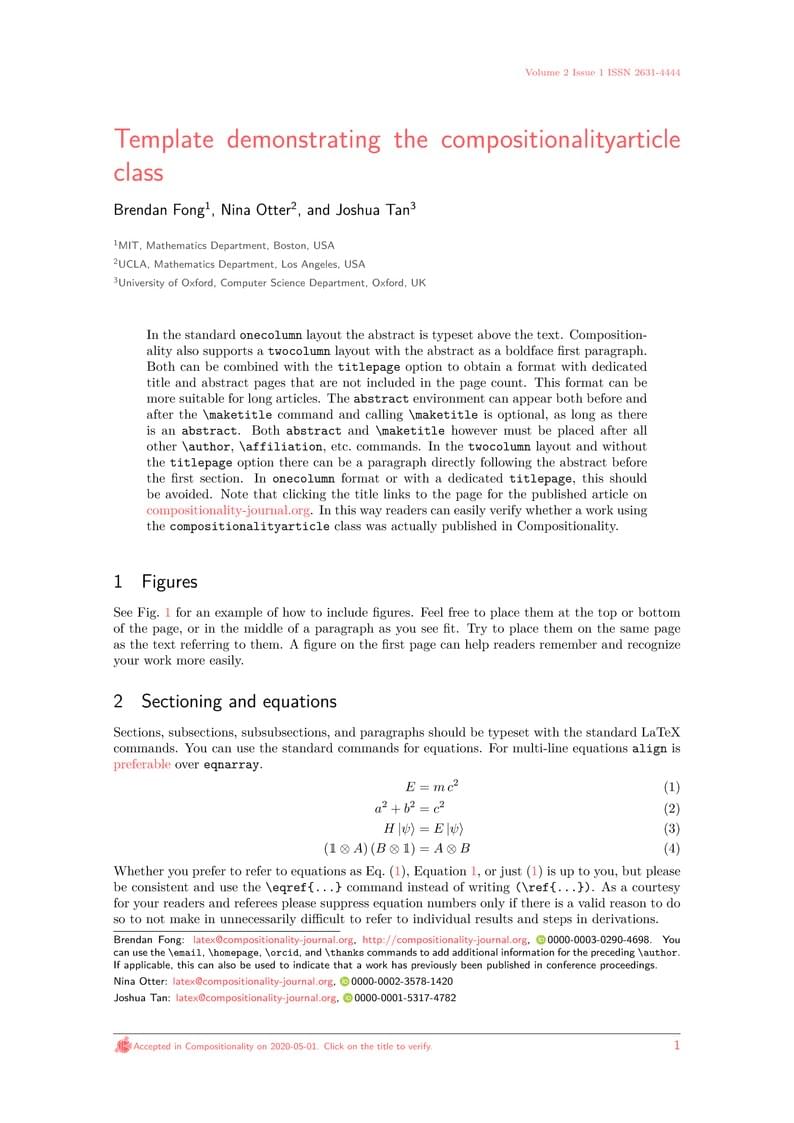
Please use this template to format submissions to the Compositionality Journal (ISSN 2631-4444)

Official Thesis Dissertation template (as of 2022) downloaded from CU Boulder's Graduate Thesis page
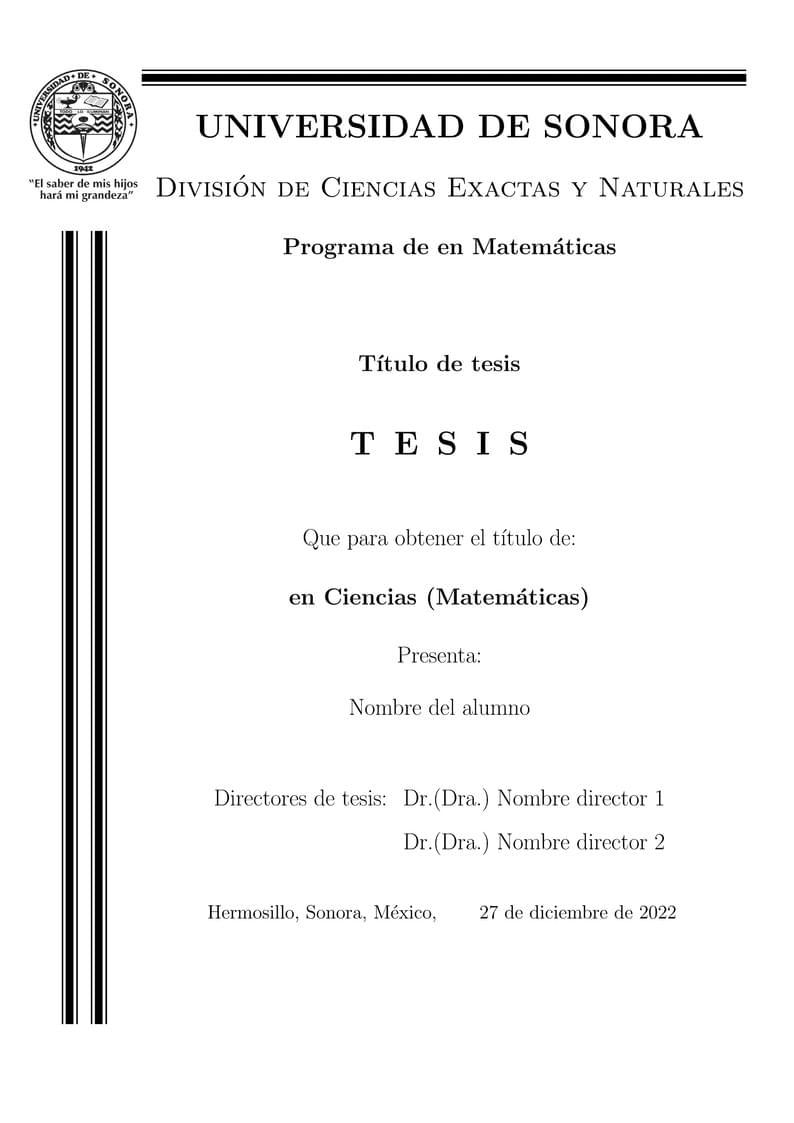
Plantilla para la escritura de tesis o tesina del Departamento de Matemáticas de la Universidad de Sonora, utilizada principalmente por el programa de Licenciatura en Matemáticas, Maestría en Ciencias Matemáticas y Doctorado en Ciencias Matemáticas.
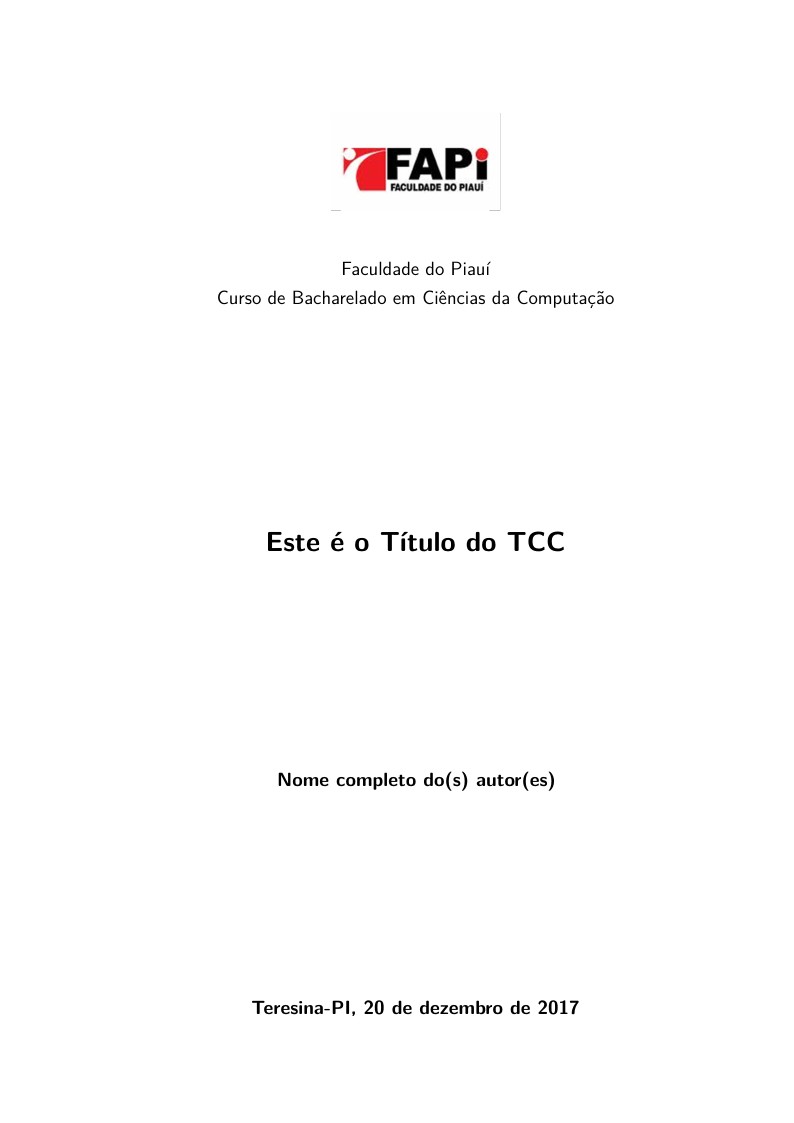
Modelo LaTex para preparação do documento final de Monografia TCC O modelo está em conformidade com ABNT NBR Faculdade do Piaui
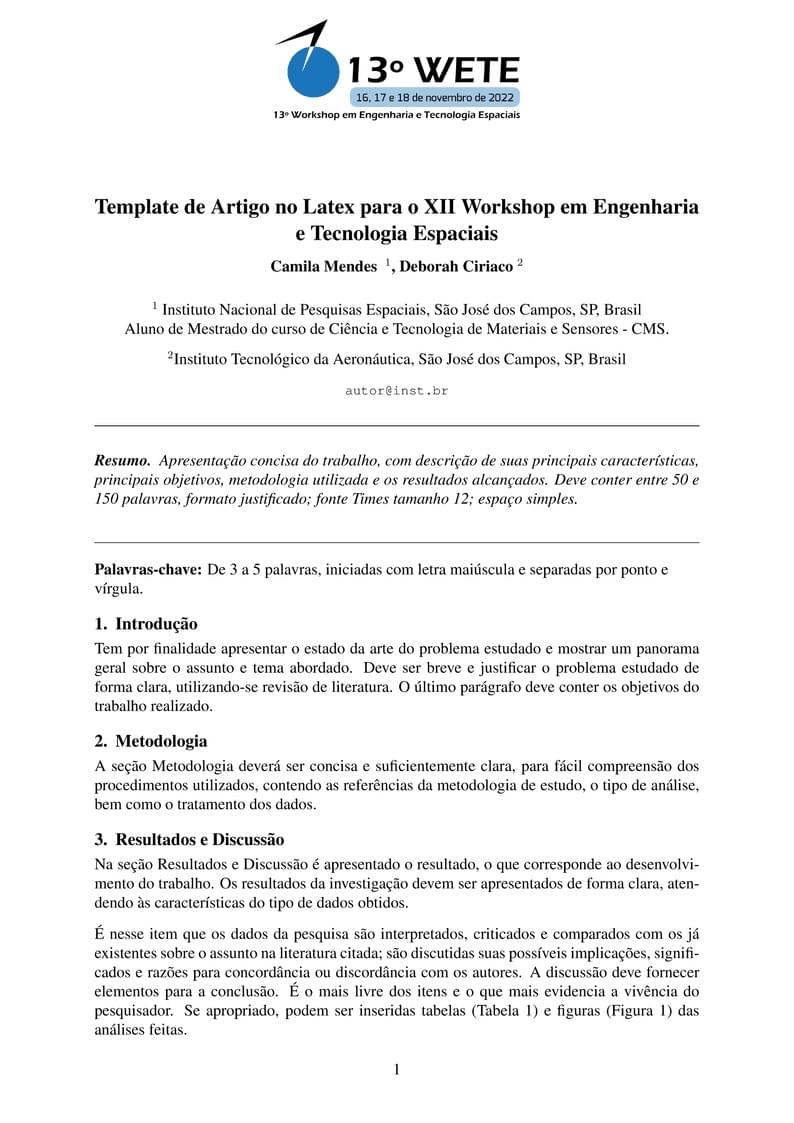
Template - Overleaf - 13° WETE - 2022
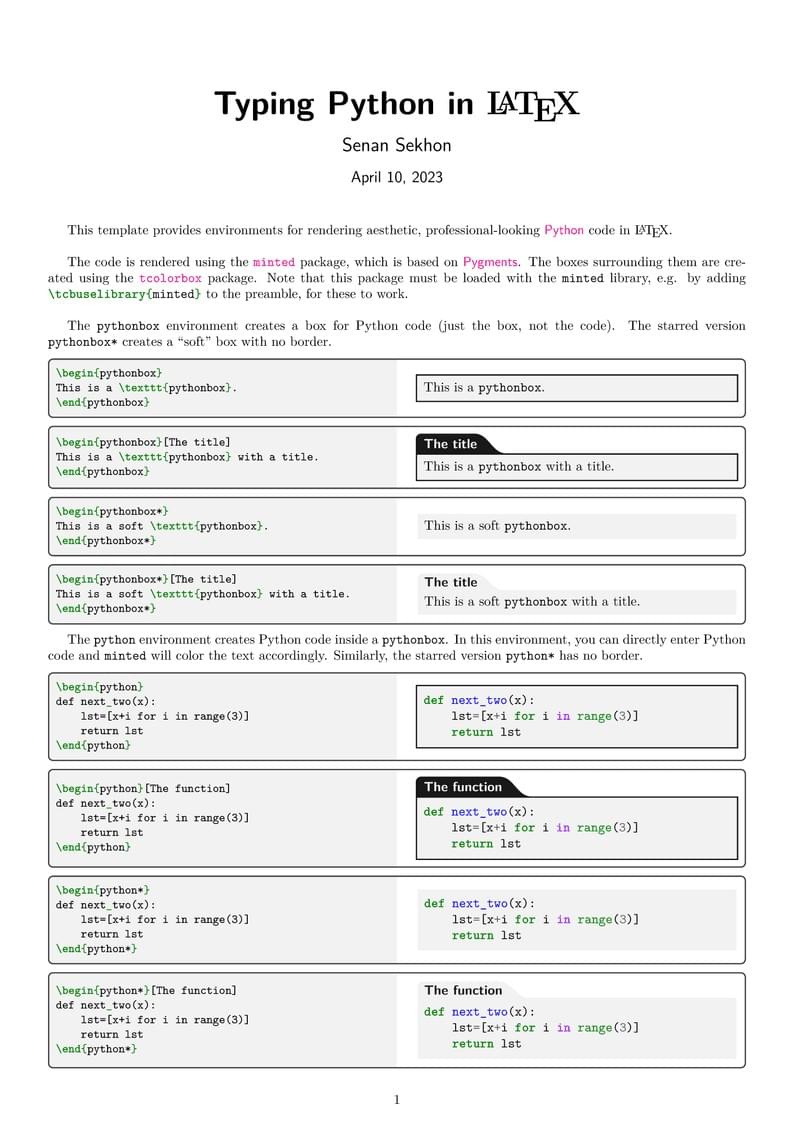
A template for creating boxes of Python code in a LaTeX document.
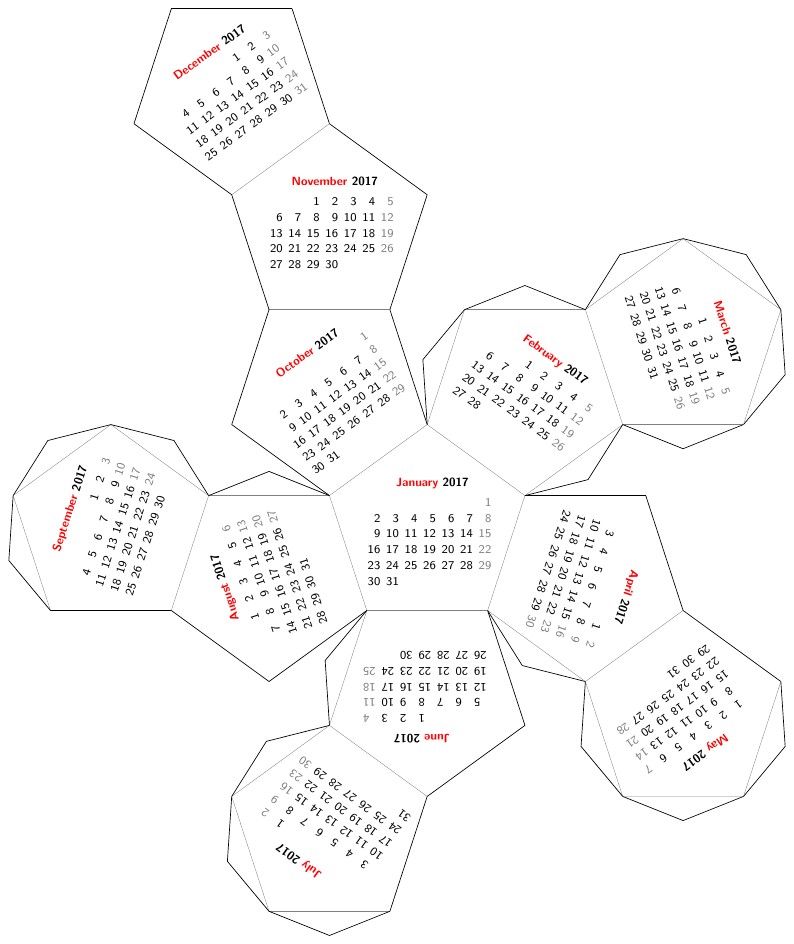
Fancy a cool dodecahedron calendar for your desk? Create one with LaTeX in seconds! This example of the folding library was originally published in the TeXample gallery at http://www.texample.net/tikz/examples/foldable-dodecahedron-with-calendar/.

Uppsatsframsida enligt Södertörns högskolas mall (tillgänglig som .doc på http://www.sh.se/p3/ext/content.nsf/aget?openagent&key=publicera_i_diva_1303131888035#!/p3/ext/content.nsf/aget?openagent&key=mallar_1370425508685). [Template for bachelor's thesis frontpage of Södertörn University]
\begin
Discover why over 20 million people worldwide trust Overleaf with their work.